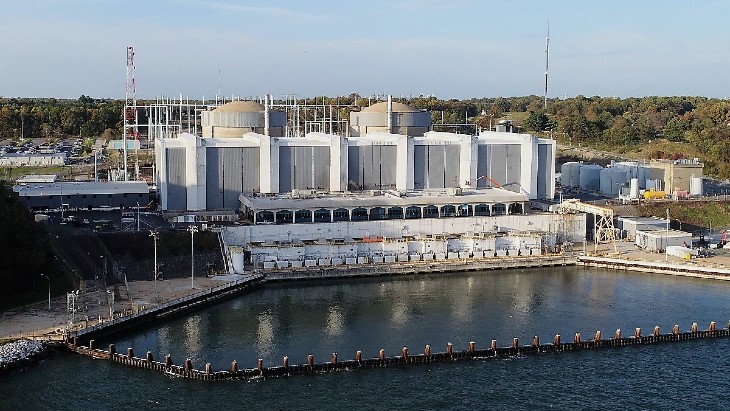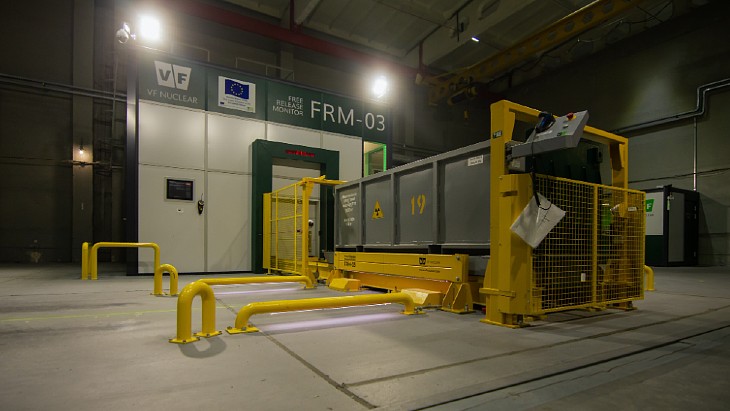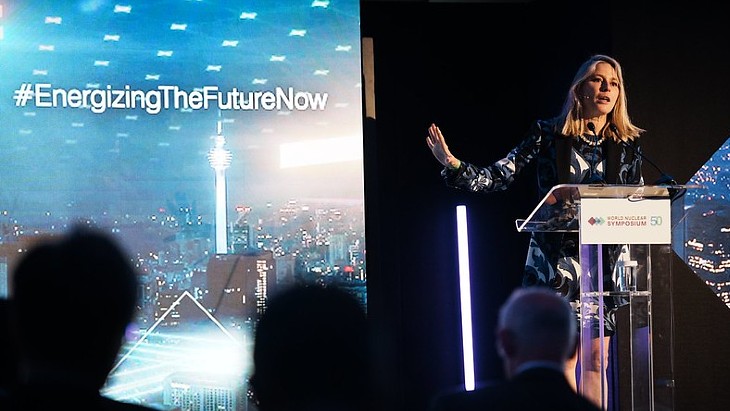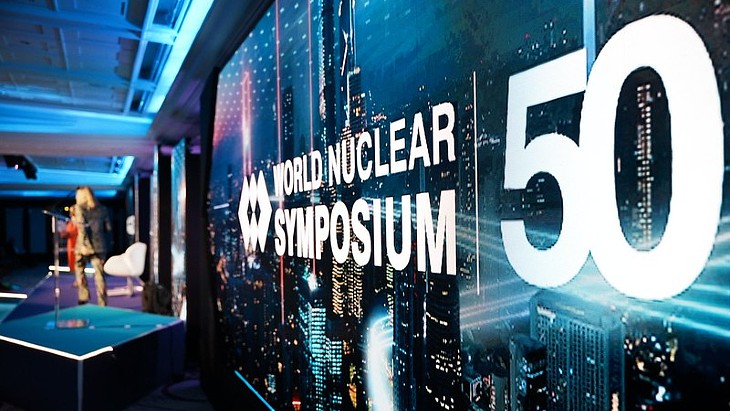A new material is being commercialized for radioactive waste storage after collaboration between US and Russian national laboratories.
 |
| Arun Wagh with sheets of Ceramicrete (Image: ANL) |
Funded by the US Department of Energy (DoE), Wagh and Singh began to work with scientists from the Russian Federal Nuclear Center (VNIIEF) as part of the Initiatives for Proliferation Prevention scheme, which seeks to employ scientists formerly involved in the Soviet Union's nuclear weapons program. The team created a new Ceramicrete formula with the addition of boron and iron-containing materials which block neutrons and gamma rays respectively.
If fewer neutrons escape the containers, fewer will go on to cause reactions in other stored material nearby. Wagh said: "If we can shield neutrons, we can put containers of nuclear materials closer to each other." He concluded that putting waste packages closer together means the sites can be monitored more easily, and can be safer by virtue of their smaller size.
VNIIEF workers carried out initial modelling and testing of casks made from the new formula and confirmed its efficacy. Subsequently, Ceradyne Boron Products built and tested prototypes and began marketing the material under the name Borobond. Several hundred casks made of Borobond are now in use at a nuclear storage facilities at Oak Ridge, Tennessee.
Terry Maynard, who manages Argonne's technology transfer with Ceradyne said: "The beauty of the story is that the DoE paid to develop this technology, we commercialized it through Ceradyne, and Ceradyne helped the DoE in its mission of safeguarding nuclear facilities."





_69614.jpg)

_15447.jpg)




